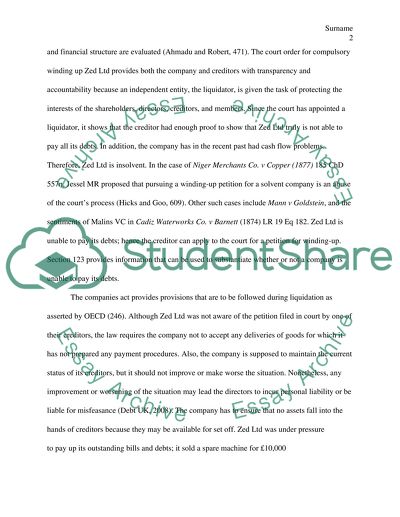Cite this document
(“Company law Coursework Example | Topics and Well Written Essays - 1750 words”, n.d.)
Retrieved from https://studentshare.org/law/1393673-company-law
Retrieved from https://studentshare.org/law/1393673-company-law
(Company Law Coursework Example | Topics and Well Written Essays - 1750 Words)
https://studentshare.org/law/1393673-company-law.
https://studentshare.org/law/1393673-company-law.
“Company Law Coursework Example | Topics and Well Written Essays - 1750 Words”, n.d. https://studentshare.org/law/1393673-company-law.


